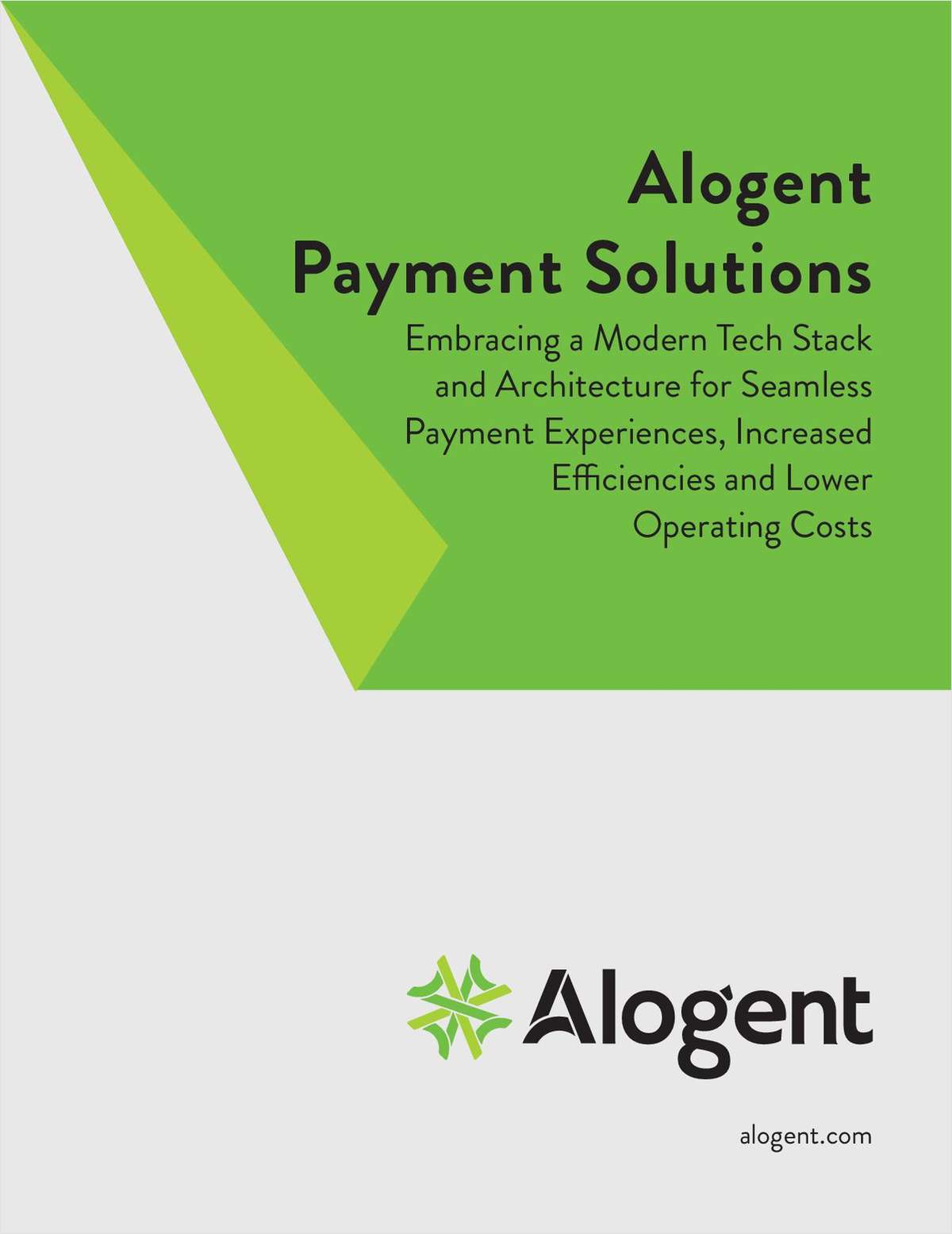NASHVILLE – Think renovating a branch is easier than building a new one- guess again. "The biggest myth out there is a lot of people think that because there is already a building there is not much cost associated with renovations," said Tom Lombardo vice president of St. Louis, Missouri design build/firm HBE Facilities. "Usually it is the opposite, sometimes all you have are the four outer walls and everything from mechanical systems and ducts to electrical and plumbing has to be redone." According to Lombardo, in the decision of whether to renovate or relocate credit unions should consider the location and future planning so that the renovation will meet the credit union's needs from an employee and departmental standpoint as well as how long-term needs mesh with those goals. "Location has a lot to do with it-real estate appreciation should be a consideration because it is the same to renovate in a prime or bad location. Look at the value of the building," said Lombardo. "Beware those realtors that tell you `oh this is a great cheap buy, you just need a new carpet and paint' -it is never that easy. Make sure you do your due diligence before purchasing any older buildings." Lombardo points to Educators Credit Union as an example of a good renovation candidate. Although Educators CU's headquarters was in the same building for the past 30 years nestled in a busy retail storefront neighborhood across from Vanderbilt University, the four-story, 30,000 square-foot building was outdated and didn't quite fulfill parking needs. In addition, because of zoning restrictions and the lack of any space for expanding building a new facility was not a practical option for the $160 million credit union. Adding to the challenge, the area was in a designated historical district and Educators CU needed to remain operational throughout the 21-month project, which involved a complete renovation. "We never closed our facility and that was really a remarkable achievement," said ECU President/CEO Hank Flury. "You had to see it to believe it." Every floor was completely gutted and remodeled including replacement of all mechanical, electrical and plumbing systems. Work began on the vacant top floor, which was formerly leased space and converted into an area for the data processing and accounting departments. The third floor now houses a modern employee lounge, fitness center complete with showers, boardroom/meeting room, call center and records department. On the second floor new space was created for the marketing, mortgage lending and administration department. The first floor lobby was divided into two sections so the existing lobby/teller area could remain operational while the other half was being renovated. The finished space -a retail branch- features a new teller line, safe deposit vault, new drive-up, consumer lending, brokerage services and other member service functions. "Our departments were a real hodgepodge with no overall plan," said Flury. "The renovation gave us more usable space and enabled us to be more efficiently organized. Many people think it's a new building and for all intents and purposes it is. Our members love it -especially the new rear entry and we have a lot more people using the more convenient drive-up lanes." For the exterior, a new brick and synthetic stucco finish was applied to the entire building which was a glass curtain wall structure built in the 1950s. In addition a new back entrance was created to provide more convenient access from a newly created surface parking lot behind the building. Flury offers this advice for other credit unions planning a major renovation program: * Planning is critical -Avoid scheduling moves during busy times, like holiday weekends or paydays. Select a dependable moving company and adopt contingency plans for any problems that might arise. Educators CU's renovation required multiple departmental moves as HBE worked from the top down. Flury says advance planning minimized disruption to staff and members. * Communicate effectively – In addition to informing members, Educators distributed coffee mugs to neighboring businesses with information about the project and expressed a willingness to respond to any concerns they might have. "The more you communicate about the project with other people that are affected the better the project will go," said Flury. * Visit a Renovation Project – Credit unions should visit renovation sites of contractors they are considering -preferably in mid-project instead of simply seeing the finished project. Flury says it is beneficial to see how different companies deal with the chaos of the situation. [email protected]
Complete your profile to continue reading and get FREE access to CUTimes.com, part of your ALM digital membership.
Your access to unlimited CUTimes.com content isn’t changing.
Once you are an ALM digital member, you’ll receive:
- Breaking credit union news and analysis, on-site and via our newsletters and custom alerts
- Weekly Shared Accounts podcast featuring exclusive interviews with industry leaders
- Educational webcasts, white papers, and ebooks from industry thought leaders
- Critical coverage of the commercial real estate and financial advisory markets on our other ALM sites, GlobeSt.com and ThinkAdvisor.com
Already have an account? Sign In Now
© 2024 ALM Global, LLC, All Rights Reserved. Request academic re-use from www.copyright.com. All other uses, submit a request to [email protected]. For more information visit Asset & Logo Licensing.









